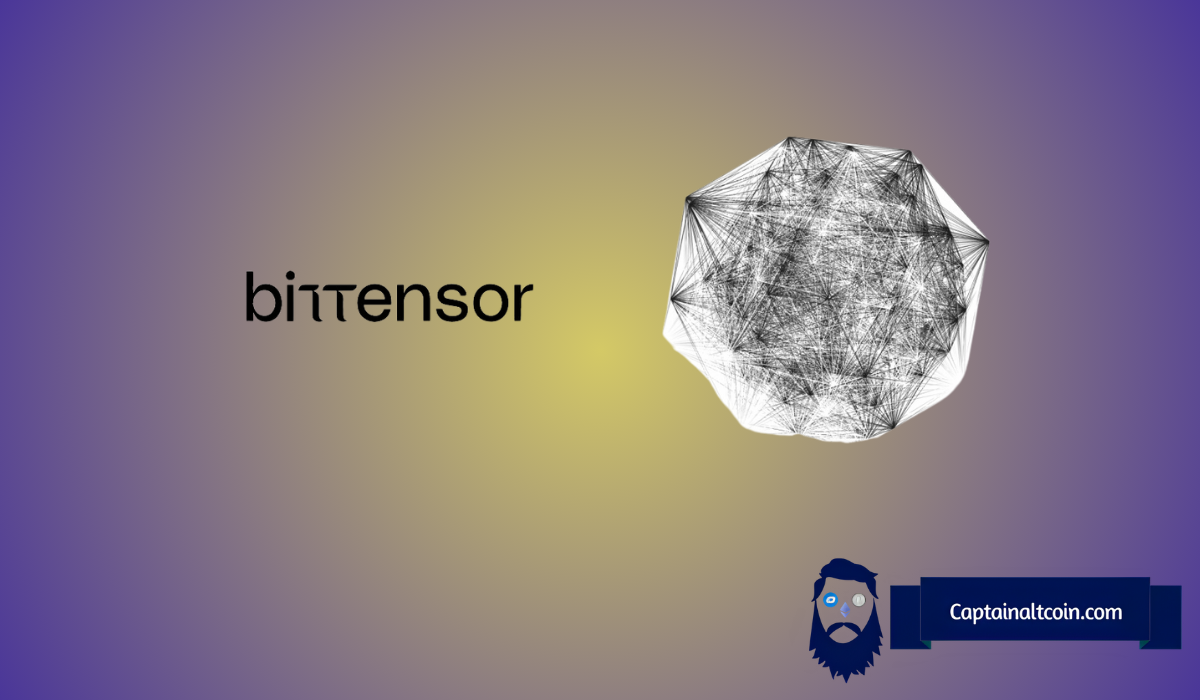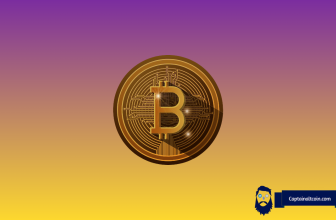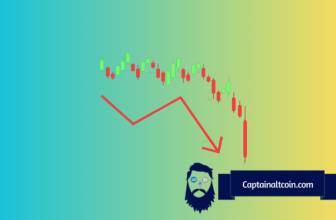
TAO is currently worth $385 per token, and many believe that might just be the beginning. The project blends real technology, decentralization, and scarcity which can assist its growth. With the halving fast approaching, the conversation around how high TAO price could go is heating up.
According to David Hepburn, the owner of a YouTube channel with over 15,000 subscribers, Bittensor has been outperforming the broader market since 2023. It has attracted attention from asset managers and treasury companies that usually focus on blue-chip crypto assets like Bitcoin and Ethereum.
He explains that this growing interest comes from the real value of TAO’s ecosystem. Unlike typical AI tokens, Bittensor allows anyone to join and earn by contributing to a global intelligence network. It’s open, decentralized, and rewards effort not speculation.
Hepburn points out that large institutions have already taken positions. Foundry, one of the biggest Bitcoin miners, now validates TAO and runs subnets. Grayscale, another subsidiary of Digital Currency Group, launched a Decentralized AI Fund in 2024 with TAO as its largest allocation. That kind of institutional positioning rarely happens by accident.
What you'll learn 👉
Institutional Buying Could Change TAO’s Future Supply
Hepburn notes that many treasury companies are not just buying TAO they are holding and staking it. This reduces circulation and increases scarcity.
He gives the example of Tau Synergies, which raised its Bittensor holdings to over 54,000 TAO, worth nearly $21 million. Hepburn views these moves as more than just confidence plays; they are strategic long-term positions similar to how early investors treated Bitcoin years ago.
He also notes that the cryptocurrency exchange Safello shifted part of its Bitcoin reserves into TAO. Such moves show how institutional portfolios are starting to view decentralized AI as a potential new asset category, one that blends the utility of technology with the scarcity of sound money.
Hepburn compares this moment to Bitcoin’s 2016 cycle, when early funds and institutions quietly began accumulating before the wider market caught on.
The Halving and What It Means for TAO Price
The upcoming Bittensor halving is now less than two months away. Once it happens, rewards will drop from 7,200 TAO to 3,600 TAO per cycle, cutting new token emissions in half. That means fewer new TAO entering circulation even as institutional demand continues to grow.
Hepburn explains that this mechanism mirrors Bitcoin’s economic model. Both have a 21 million maximum supply, a four-year halving schedule, and a community-driven structure without a central authority. Bitcoin represents decentralized money; Bittensor represents decentralized intelligence.
Each halving event has historically marked a shift in value perception. As rewards shrink, scarcity increases. Hepburn believes this will make even a single TAO more meaningful both symbolically and economically.
He emphasizes that this halving is not just about limiting supply. It’s about strengthening the network. The reduced rewards ensure only serious participants contribute computing power and intelligence, making the system more robust and valuable over time.
Why 1 TAO Might Soon Be Out of Reach
Hepburn’s analysis boils down to one idea: TAO is combining real-world utility with programmed scarcity. The network already generates value from AI computation, while staking and institutional accumulation continue to reduce available supply.
He believes the combination of halving pressure, institutional adoption, and network growth could make it difficult to acquire even one full TAO in the future. Hepburn doesn’t claim to predict prices, he simply recognizes familiar patterns. Early Bitcoin and Ethereum investors saw the same dynamics long before they became mainstream.
He says the Bittensor ecosystem is at a similar turning point, where the fundamentals and attention are building quietly before the broader market realizes what’s happening.
Read Also: Official Trump (TRUMP) Token Crashed 98%, and Everyone Should Have Seen It Coming
Bittensor represents something bigger than another crypto narrative. It’s a bridge between artificial intelligence and decentralized networks a place where data, compute power, and collaboration all have value.
David Hepburn describes it as “the king of decentralized AI,” and the growing interest from institutions seems to agree. The halving may not guarantee any price outcome, but it clearly adds another layer of scarcity to a system already gaining traction.
Subscribe to our YouTube channel for daily crypto updates, market insights, and expert analysis.








